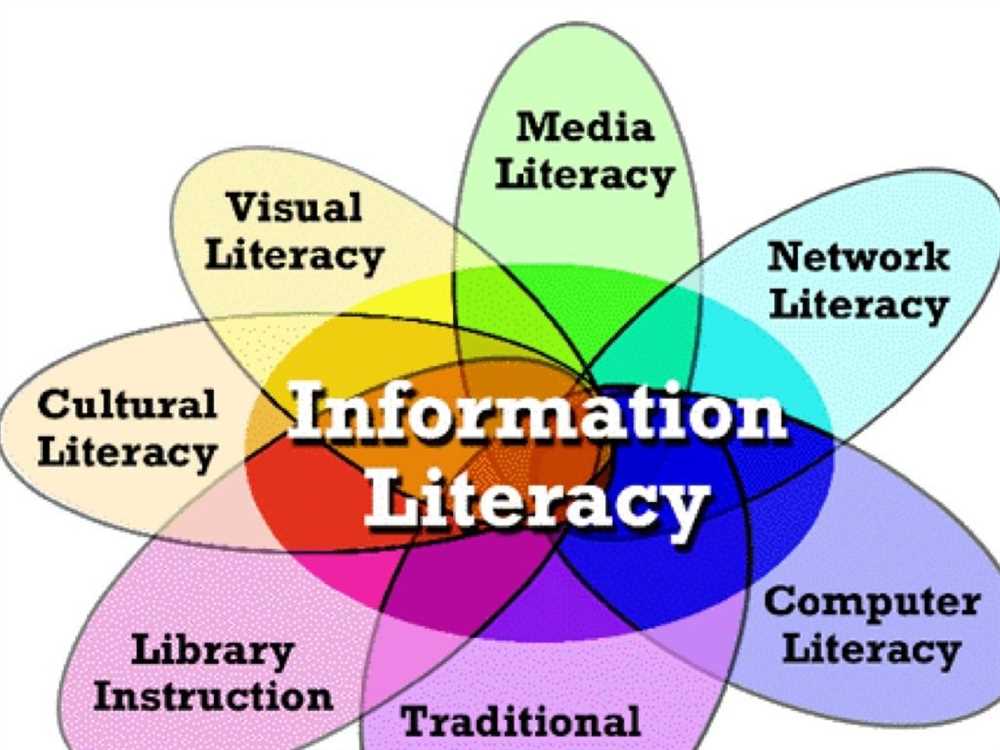
What does it mean to be culturally literate? In today’s interconnected world, having a good understanding of different cultures and their histories is essential. Cultural literacy refers to the ability to engage in meaningful conversations and understand references to art, literature, history, and other aspects of culture. It involves having a broad range of knowledge that allows individuals to navigate diverse social and cultural contexts.
One way to assess your cultural literacy is through a cultural literacy test. This test consists of questions that evaluate your knowledge and understanding of various aspects of culture. It covers a wide range of topics, including literature, art, music, history, and geography. By taking this test, you can gauge how well you can identify and understand references to important cultural figures, events, and ideas.
The cultural literacy test is not only a way to measure your own knowledge but also a tool to foster a deeper appreciation and understanding of the world around you. It challenges you to explore different cultures and expand your horizons. By learning about the accomplishments and contributions of different cultures, you can develop a richer understanding of the complexity and diversity of our global society.
Furthermore, the cultural literacy test can also help to bridge gaps in knowledge and promote inclusivity. It can be used as a tool for education and awareness, highlighting areas where individuals may need to expand their knowledge and providing opportunities for further learning. By encouraging individuals to engage in cultural literacy, we can work towards a more inclusive and interconnected world.
Cultural Literacy Test
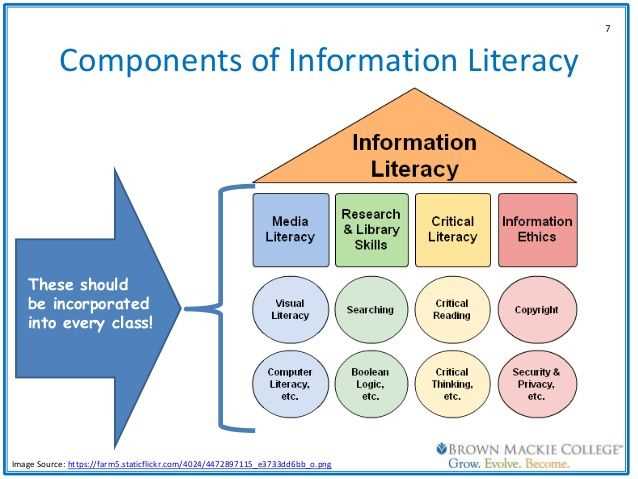
The Cultural Literacy Test is a tool used to assess an individual’s knowledge and understanding of various aspects of culture, including history, literature, popular culture, and current events. It is designed to gauge one’s familiarity with shared cultural references and significant people, events, and works that have shaped society.
By evaluating an individual’s cultural literacy, the test aims to determine the level of their general knowledge and awareness, as well as their ability to engage in meaningful conversations and participate fully in society. Having a solid cultural literacy enables individuals to comprehend and appreciate references and allusions made in various forms of media, literature, and art.
The test typically consists of a series of multiple-choice questions or prompts that may cover a wide range of topics, such as historical events, famous literary works and authors, significant scientific discoveries, iconic artwork and artists, well-known figures in politics and entertainment, and cultural traditions. It assesses not only factual knowledge but also the ability to interpret and analyze cultural information.
By taking a Cultural Literacy Test, individuals can identify areas where their knowledge may be lacking and then take steps to fill those gaps. Improving one’s cultural literacy can enhance communication skills, facilitate a better understanding of different perspectives, and foster a more informed and well-rounded view of the world.
What is cultural literacy?
Cultural literacy refers to the knowledge and understanding of the shared values, beliefs, customs, and traditions that shape a particular culture. It encompasses the familiarization with the important aspects of a culture, including its history, literature, arts, and social norms. Cultural literacy is essential for effective communication and engagement with people from different cultural backgrounds, as it promotes empathy, respect, and appreciation for diversity. It enables individuals to navigate and understand the complex dynamics of a society and fosters inclusive and inclusive communities.
To be culturally literate means to possess the necessary knowledge and skills to interact and engage with diverse cultural groups. It involves the ability to understand cultural references, symbols, and expressions that are specific to a particular cultural group or community. Cultural literacy also includes an awareness of the historical and social context that shapes these cultural practices and traditions. It allows individuals to connect and relate to people from different cultures, fostering meaningful connections and promoting cultural exchange.
Ultimately, cultural literacy is a vital aspect of global citizenship and contributes to a more inclusive and harmonious society. It enhances intercultural communication, breaks down stereotypes, and promotes mutual understanding and respect among people from different backgrounds. By actively seeking to expand our cultural literacy, we can become more open-minded, empathetic individuals who are capable of appreciating and celebrating the rich diversity that exists in our world.
Why is cultural literacy important?
Cultural literacy is the knowledge and understanding of the shared beliefs, values, practices, and symbols that exist within a particular society or group. It is the ability to communicate and interact effectively with people from different cultural backgrounds. Cultural literacy is important because it allows individuals to have a deeper understanding and appreciation of the world around them, fostering empathy, respect, and inclusivity.
First and foremost, cultural literacy enables individuals to navigate and engage with diverse societies. In an increasingly globalized world, where people from different cultural backgrounds interact on a daily basis, having cultural literacy is essential for effective communication and cooperation. It helps to bridge the gap between different perspectives and promotes mutual understanding and respect.
Moreover, cultural literacy plays a crucial role in promoting social cohesion and harmony within communities. When individuals have a deeper understanding of different cultures, they are more likely to challenge stereotypes, prejudices, and discrimination. They can recognize and appreciate the diversity of human experiences and perspectives, leading to a more inclusive and equitable society.
Furthermore, cultural literacy enhances personal and professional development. It broadens individuals’ perspectives, enabling them to think critically, creatively, and adaptively. Cultural literacy fosters curiosity and an openness to learn from others, which can lead to personal growth and new opportunities. In the workplace, cultural literacy is particularly valuable as it facilitates effective communication, teamwork, and collaboration in diverse environments.
In conclusion, cultural literacy is important because it promotes understanding, inclusivity, and respect among individuals from different cultural backgrounds. It allows for effective communication and cooperation in a globalized world, contributes to social cohesion, and enhances personal and professional development. Therefore, investing in cultural literacy is not only beneficial to individuals, but also to society as a whole.
Benefits of Cultural Literacy
Cultural literacy plays a vital role in our society, offering numerous benefits to individuals and communities alike. By being culturally literate, individuals can gain a deeper understanding of the world around them and develop a greater appreciation for different cultures, traditions, and perspectives.
One of the key benefits of cultural literacy is its ability to foster empathy and tolerance. When individuals are knowledgeable about different cultures, they are more likely to embrace diversity and reject stereotypes. This leads to a more inclusive society where people from various backgrounds can coexist harmoniously, fostering collaboration and understanding.
Another benefit of cultural literacy is its impact on personal and professional growth. By being culturally literate, individuals can expand their horizons and broaden their worldview. This opens up a wealth of opportunities for personal development as they gain new insights, ideas, and perspectives. Furthermore, cultural literacy is highly valued in the workplace, as it enhances communication skills, adaptability, and problem-solving abilities in multicultural settings.
Cultural literacy also contributes to a stronger sense of identity and belonging. When individuals are knowledgeable about their own cultural heritage and history, it strengthens their connection to their roots and fosters a sense of pride. Moreover, cultural literacy allows individuals to better understand the cultural references and symbols that shape their society, enabling them to participate more actively in their communities and contribute to their preservation.
In summary, cultural literacy offers numerous benefits, including the promotion of empathy and tolerance, personal and professional growth, as well as a stronger sense of identity and belonging. By embracing cultural literacy, individuals can become active agents of positive change, fostering understanding and appreciation for the diverse world we live in.
How to develop cultural literacy
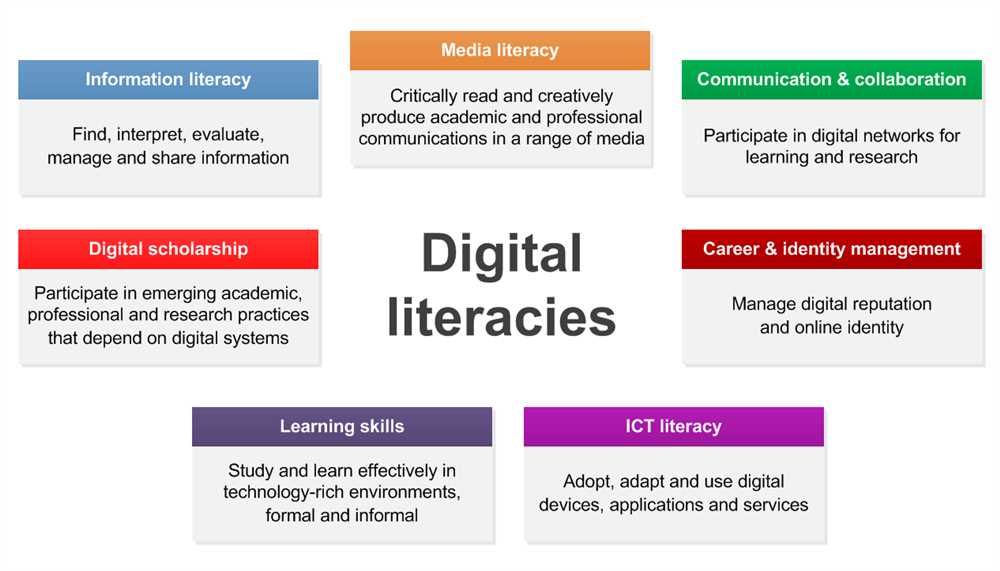
In today’s interconnected world, being culturally literate is an essential skill. Cultural literacy refers to having knowledge and understanding about different cultures, traditions, and historical events. It helps in building bridges between people from different backgrounds, promoting respect and empathy. Developing cultural literacy takes time and effort, but the rewards are invaluable.
1. Read widely: Reading is one of the best ways to develop cultural literacy. Read books, articles, and essays from different countries, time periods, and genres. Explore literature from various cultures and immerse yourself in the beauty of their language, customs, and values. This will help you gain insights into different perspectives and broaden your understanding of the world.
2. Travel and explore: Traveling provides direct exposure to different cultures and traditions. When you travel, make an effort to engage with locals, try their cuisines, visit historical sites, and explore their arts and traditions. This firsthand experience will deepen your understanding and appreciation for different cultures. It will also help you develop cross-cultural communication skills.
3. Embrace diversity: Surround yourself with diverse people and embrace their differences. Engage in conversations with people from different backgrounds, participate in cultural events and festivals, and learn about their customs and traditions. This will enrich your knowledge and allow you to develop a global perspective. Embracing diversity also means challenging stereotypes and biases, and being open to new ideas and perspectives.
4. Use online resources: The internet offers a wealth of resources to develop cultural literacy. Follow blogs and websites that cover topics related to different cultures, history, and world events. Use online forums and communities to engage in discussions with people from different backgrounds. Take online courses or watch documentaries to deepen your knowledge in specific areas of interest. The internet provides a convenient and accessible way to learn about different cultures.
5. Be curious and ask questions: Cultivate a curious mindset and ask questions about cultures and traditions that are unfamiliar to you. Seek out experts or people who have firsthand experience and ask them about their culture, customs, and traditions. Don’t be afraid to admit your lack of knowledge and show genuine interest in learning. Curiosity and asking questions are essential for developing cultural literacy.
In conclusion, developing cultural literacy is an ongoing process that requires an open mind, curiosity, and a willingness to learn. By engaging in reading, traveling, embracing diversity, using online resources, and being curious, you can cultivate a deeper understanding and appreciation of different cultures. This will not only benefit you personally but also contribute to a more inclusive and harmonious society.
Cultural literacy in education
Cultural literacy plays a crucial role in education as it helps students develop a deeper understanding of different cultures, traditions, and perspectives. By incorporating cultural literacy into the curriculum, schools provide students with the tools they need to navigate a diverse and interconnected world. Cultural literacy encompasses various aspects, including history, literature, art, music, and societal norms, allowing students to explore and appreciate the richness of different cultures.
Incorporating cultural literacy into education not only enhances students’ knowledge but also promotes tolerance, empathy, and respect for diversity. It helps students recognize and challenge their own biases and assumptions, fostering an inclusive learning environment. Through exposure to different cultures, students gain a broader perspective, enabling them to engage in critical thinking and have a more nuanced understanding of global issues.
Benefits of cultural literacy in education:
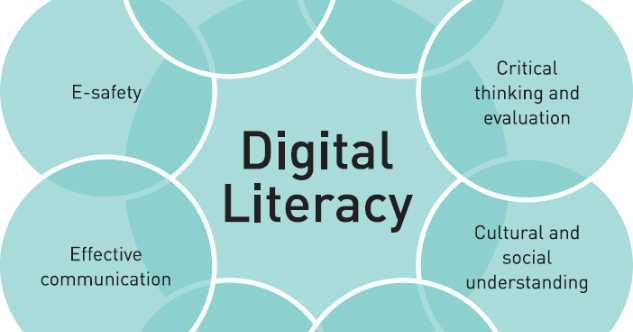
- Enhanced understanding and appreciation of diverse cultures
- Promotion of tolerance and empathy
- Development of critical thinking skills
- Fostering of a more inclusive learning environment
- Preparation for global citizenship
Integrating cultural literacy into education can be achieved through various means, such as incorporating diverse literature in the English curriculum, organizing cultural festivals and events, inviting guest speakers from different cultural backgrounds, and offering language courses in different languages. By exposing students to different cultural perspectives, they are better equipped to navigate an interconnected world and embrace diversity.
Assessing cultural literacy
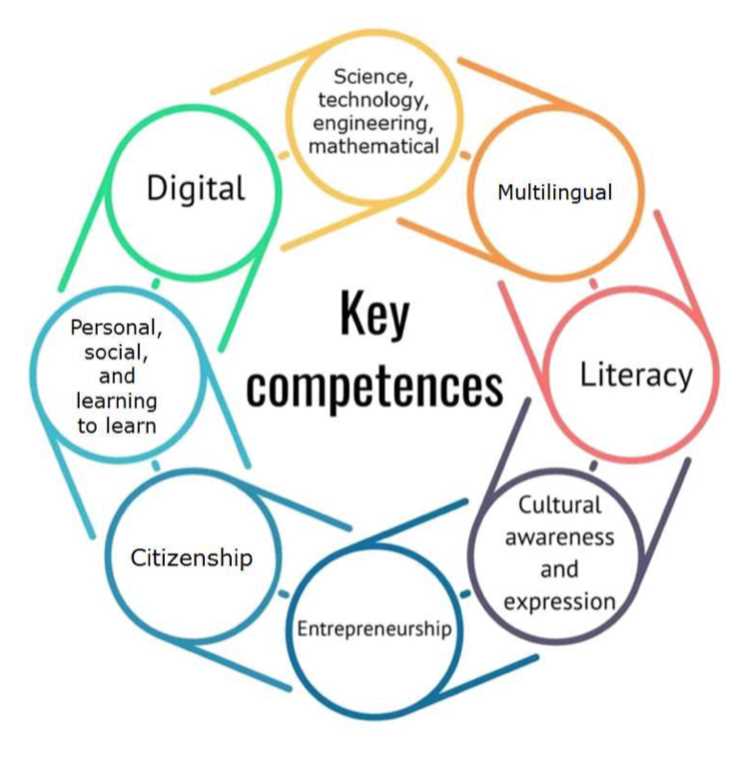
In today’s globalized world, cultural literacy has become an essential skill for individuals to navigate and understand diverse societies. Assessing the level of cultural literacy is important to ensure individuals have the necessary knowledge and understanding to interact in different cultural contexts. There are several methods that can be used to assess cultural literacy, ranging from self-assessment tools to standardized tests.
Self-assessment: One way to assess cultural literacy is through self-assessment tools. These tools typically consist of a series of questions or statements that individuals can reflect on to evaluate their knowledge and understanding of different cultural aspects. Individuals can rate their own level of familiarity with different cultures, traditions, customs, and historical events to gauge their cultural literacy.
Standardized tests: Another method for assessing cultural literacy is through standardized tests. These tests are designed to measure an individual’s knowledge and understanding of different cultural topics. They typically include multiple-choice questions, short answer questions, and essay questions that cover a wide range of cultural aspects. Standardized tests provide an objective measure of cultural literacy and allow for comparisons across individuals.
Overall, assessing cultural literacy is crucial in today’s interconnected world. Self-assessment tools and standardized tests can help individuals and organizations determine their level of cultural literacy and identify areas for improvement. By fostering cultural literacy, individuals can develop a deeper appreciation and understanding of different cultures, leading to more effective communication and collaboration across diverse societies.